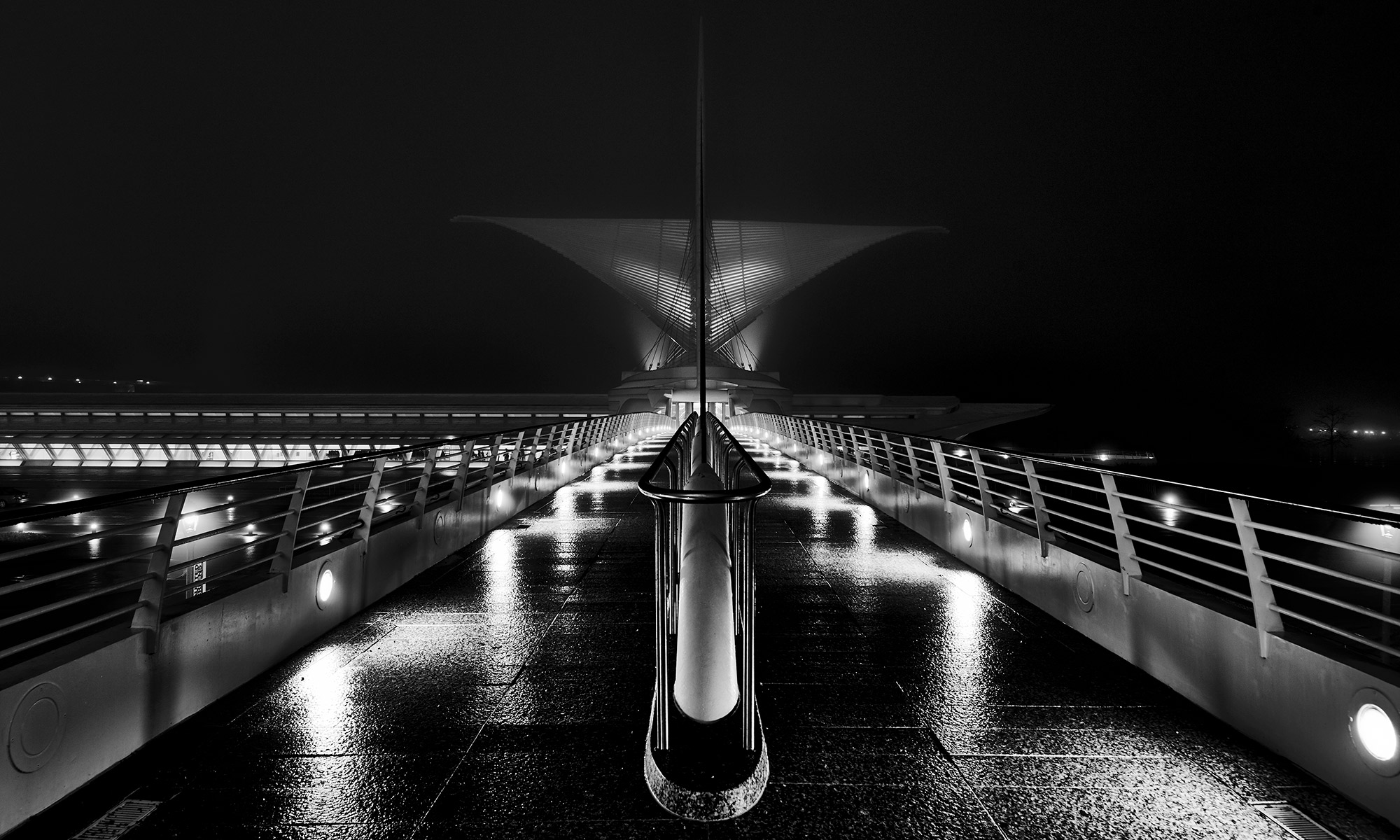As you shop for photo paper, or look at my Paper Finder, you may run into papers claiming to be OBA free, or low OBA. What are OBAs, and why would you want to be free of them (or not)?
OBAs are Optical Brightening Agents, also known as Optical Brighteners, Ultraviolet brighteners, or artificial whiteners. When hit with ultraviolet light, they fluoresce, emitting a blueish light that makes the paper look brighter and whiter.
Brighter and whiter are two things we want from our paper, so what’s the problem? The main problem is that the OBAs degrade over time, becoming less effective. This makes the paper look less bright over time, and since the light that the OBA emit has a bluish tint, the apparent color can shift as the OBAs degrade.
If you are unsure of the OBA content of a specific paper, looking at it under a blacklight is the fastest way to check. Papers with OBAs will glow a bright bluish white, while OBA-free papers look a dull purple or pink.


So, should you always avoid OBAs? Probably not. With normal prints the trade off is probably worth it to get the bright white that we expect with a photo paper. Most “photo” papers contain OBAs, so other than a few high-end baryta papers you are going to have OBAs if you want a classic photo look. Photos in an album are probably not going to degrade enough to notice, photos that are properly displayed under glass should look good for many years, and photos displayed in less than ideal conditions can be reprinted in the future. Even fine art prints on archival papers need to be displayed correctly to get the full archival benefits of the materials used.
I have also seen it recommended to display prints under UV blocking glass, since it is the UV light that not only fluoresces the OBAs, but also degrades them. Based on my understanding it seems like this would just make the print look like the OBAs had burned out, since no UV light will fluoresce them. If you are looking for archival permanence, you are probably better off starting OBA free, but if you have a print you want to protect this is probably the best way. Incidentally, even OBA free prints will last longer displayed under UV glass.
In fine art prints, longevity is of paramount importance. This is especially true with limited edition prints, where the photographer commits to only print a certain number of prints, so reprinting is not an option. In the case of selling prints, the buyer should also be considered. Fine Art buyers frequently know exactly what they want, and may demand OBA-free papers. On the other end, people buying postcards or greeting cards may want a photo look, and not expect archival permanence.
Test some different papers (Amazon list, affiliate link), and see what results you like, or check out my paper finder, where you can filter based on OBA content.
